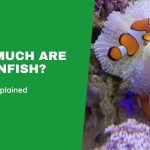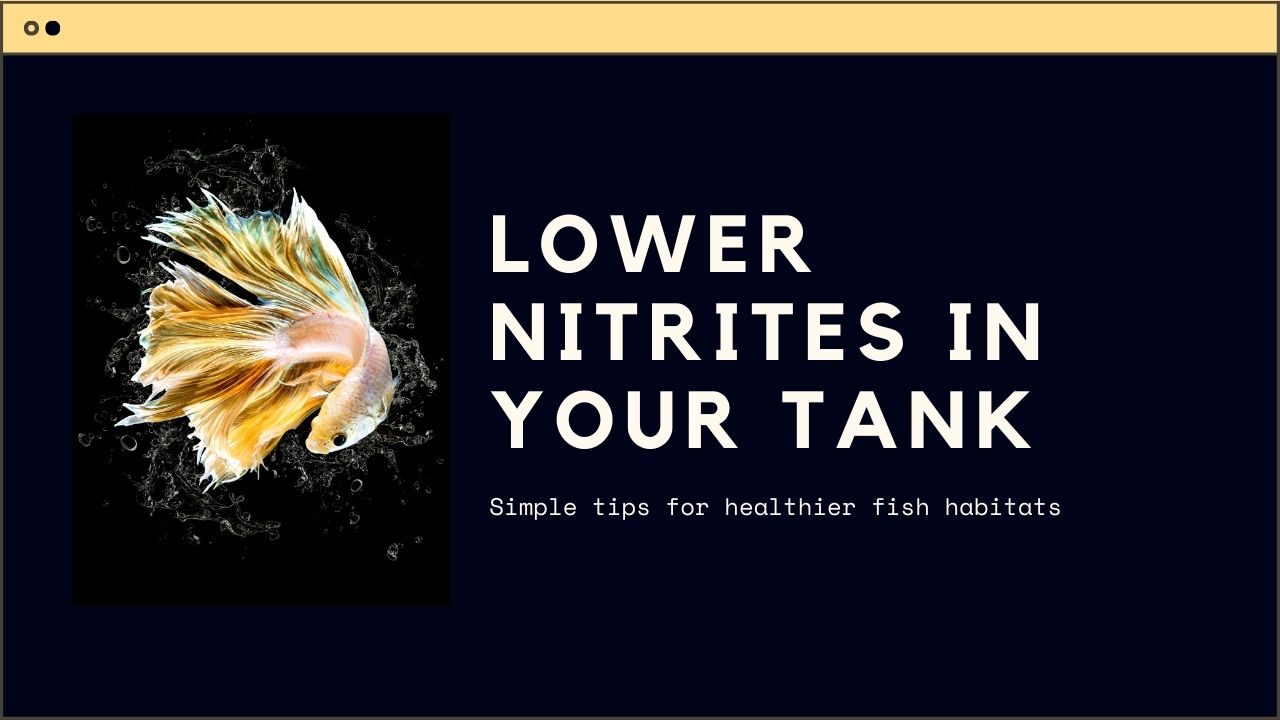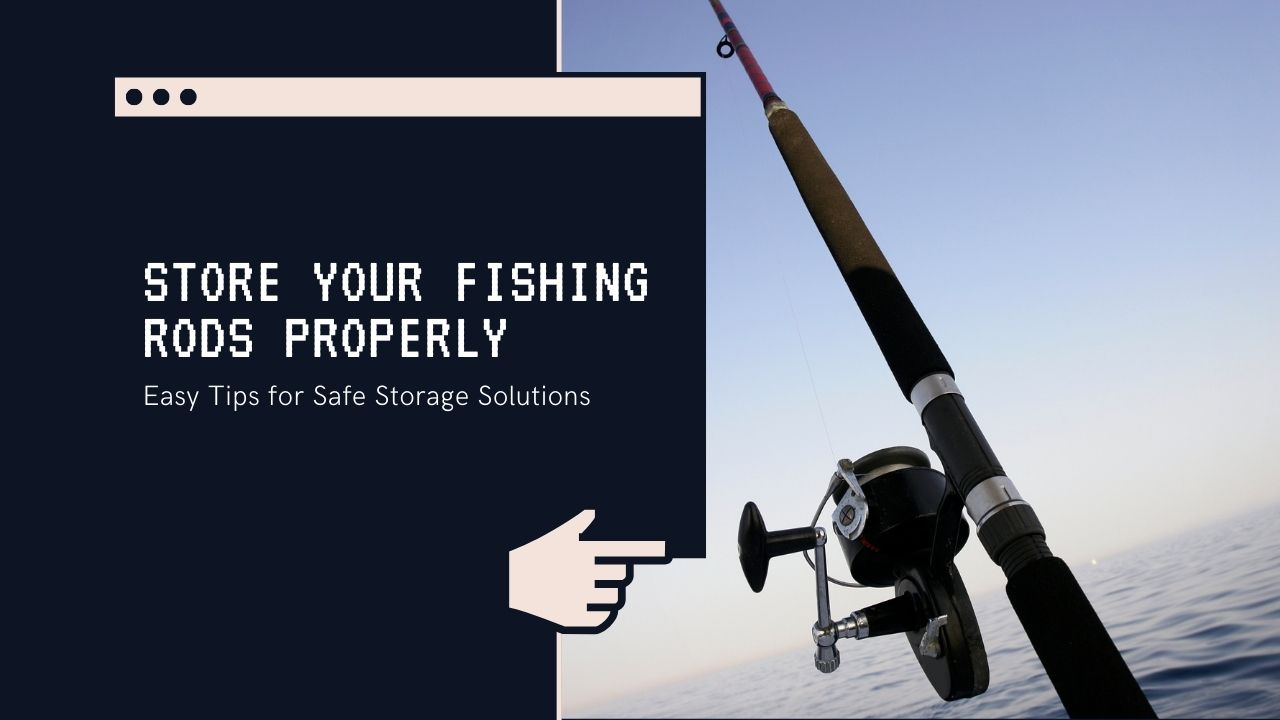Maintaining a healthy fish tank requires careful attention to water quality, especially nitrite levels. High nitrite concentrations can harm or even kill fish. This guide will help you understand nitrites and provide simple steps to reduce them in your aquarium.
What Are Nitrites?
Nitrites are chemicals found in aquariums, produced when bacteria break down fish waste, uneaten food, and plant debris. In a well-balanced tank, other bacteria convert nitrites into less harmful nitrates. However, if nitrite levels rise too high, they can be toxic to fish.
Why Are High Nitrite Levels Dangerous?
Elevated nitrite levels affect fish by reducing their blood’s ability to carry oxygen, leading to suffocation. Signs of nitrite poisoning include:
- Fish gasping at the water’s surface
- Rapid gill movement
- Lethargy or inactivity
- Loss of appetite
If not addressed promptly, high nitrite levels can be fatal.
Common Causes of High Nitrite Levels
- New Tank Syndrome: In newly set up aquariums, beneficial bacteria haven’t fully developed, leading to nitrite spikes.
- Overfeeding: Excess food decomposes, increasing waste and nitrite production.
- Overcrowding: Too many fish produce more waste than the tank’s bacteria can handle.
- Inadequate Filtration: A weak or dirty filter can’t support enough beneficial bacteria to process nitrites.
How to Lower Nitrites in Your Fish Tank
Immediate Actions:
- Water Changes: Perform a 25-30% water change to dilute nitrite levels. Use a water conditioner to remove chlorine from tap water.
- Add Aquarium Salt: Adding 1 tablespoon of aquarium salt per 10 gallons of water can help reduce nitrite toxicity and support fish health.
Enhance Biological Filtration:
- Add Beneficial Bacteria: Use products that introduce live bacteria to speed up the conversion of nitrites to nitrates.
- Avoid Overcleaning: Cleaning filters and gravel too thoroughly can remove helpful bacteria. Rinse filter media in tank water instead of tap water to preserve these bacteria.
Adjust Feeding Habits:
- Feed Less: Offer small amounts of food that fish can consume in a few minutes to prevent excess waste.
- Remove Uneaten Food: Promptly take out any leftover food to prevent it from decomposing and raising nitrite levels.
Regular Monitoring:
- Test Water Frequently: Use test kits to check nitrite levels daily during a spike and weekly afterward.
- Keep a Log: Recording water test results helps identify patterns and prevent future issues.
Increase Aeration:
- Add Air Stones or Increase Water Flow: More oxygen in the water supports beneficial bacteria and helps fish breathe easier.
Preventing Future Nitrite Problems
Proper Tank Cycling: Before adding fish, let the tank run for several weeks to establish beneficial bacteria.
Avoid Overcrowding: Research the space needs of each fish species and avoid adding too many fish at once.
Regular Maintenance: Perform routine water changes, clean the tank, and service filters to maintain water quality.
Quarantine New Fish: Keep new fish in a separate tank for a few weeks to ensure they don’t introduce diseases or disrupt the tank’s balance.
Conclusion
Keeping nitrite levels low is essential for a healthy aquarium. By understanding the causes of high nitrites and taking proactive steps, you can provide a safe environment for your fish. Regular monitoring, proper feeding, and good maintenance practices are key to preventing nitrite-related issues.
References:











